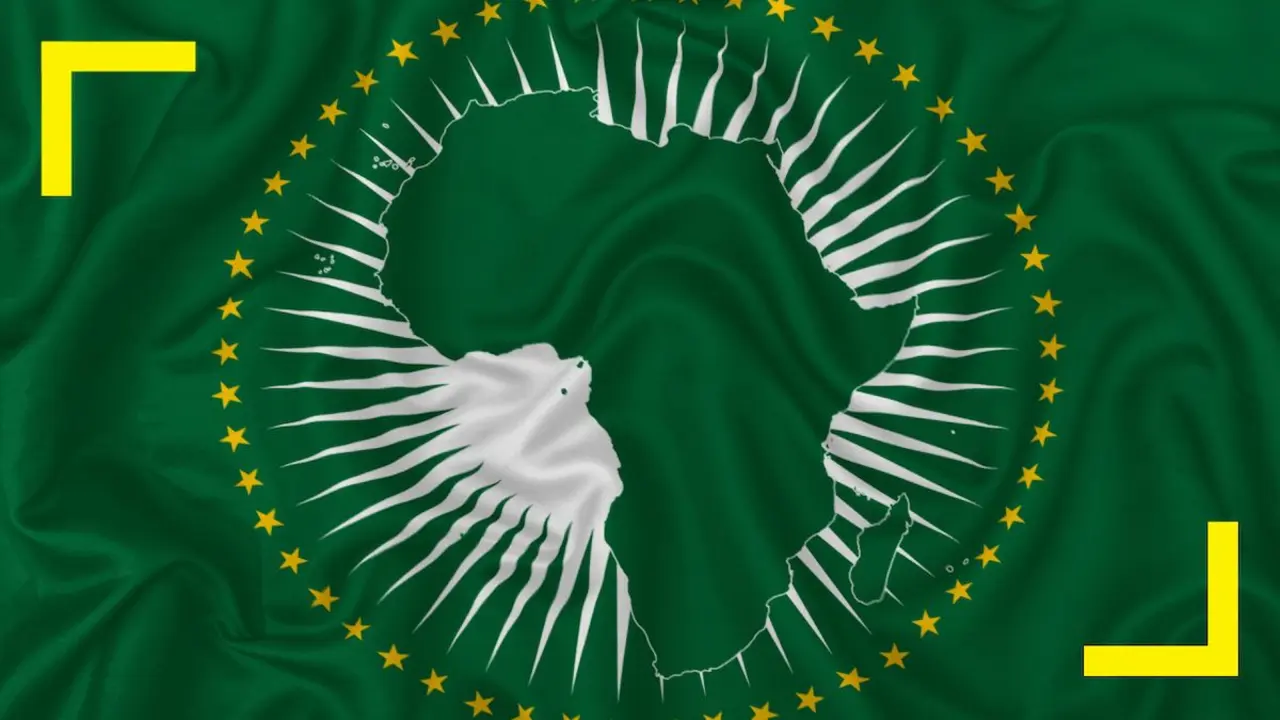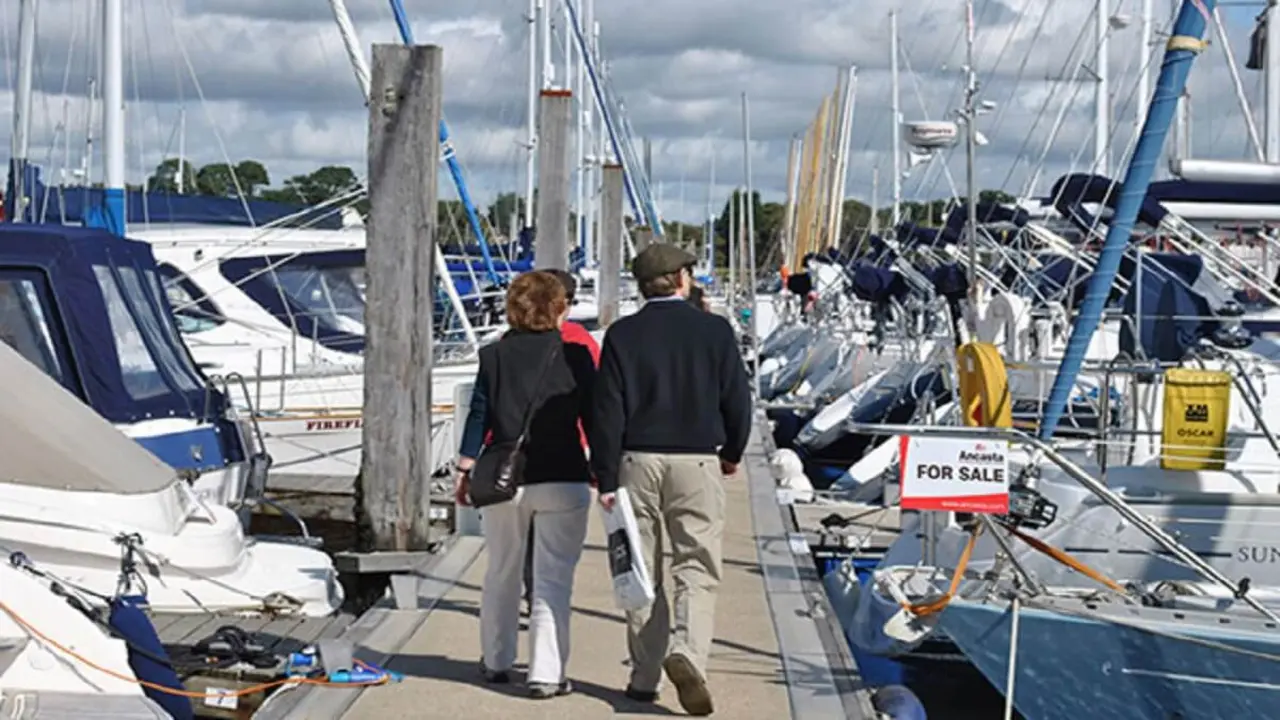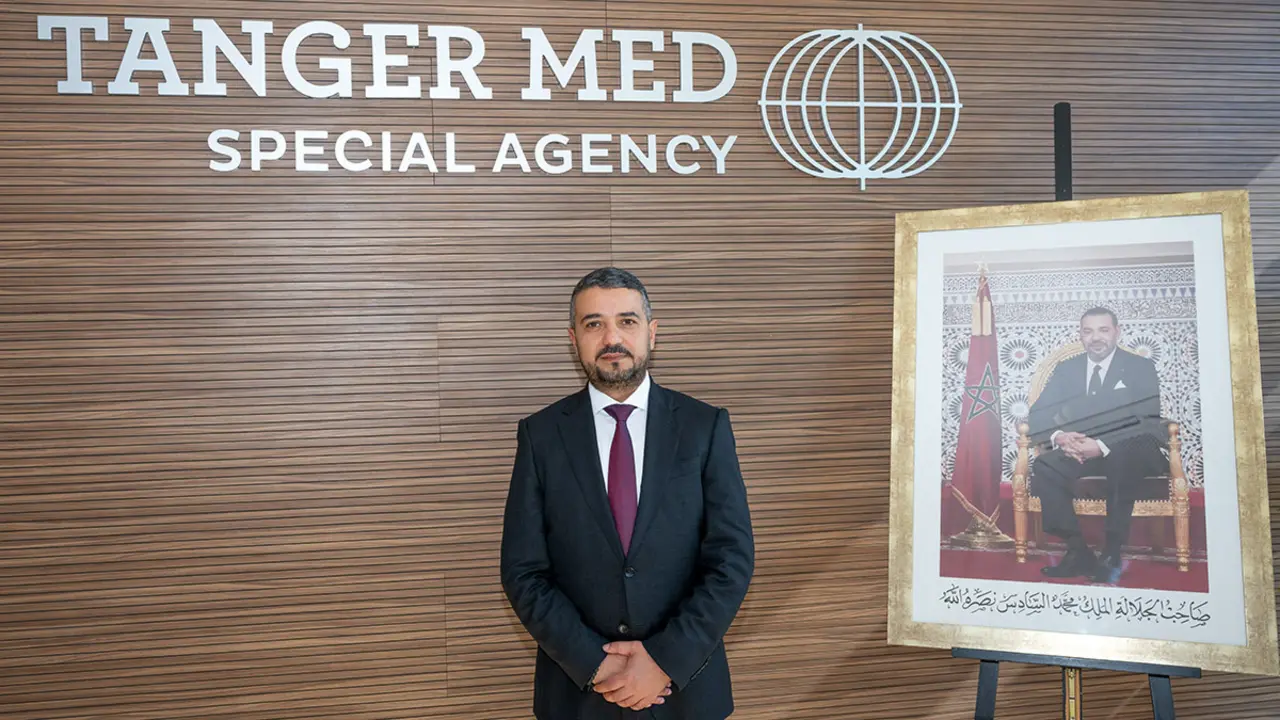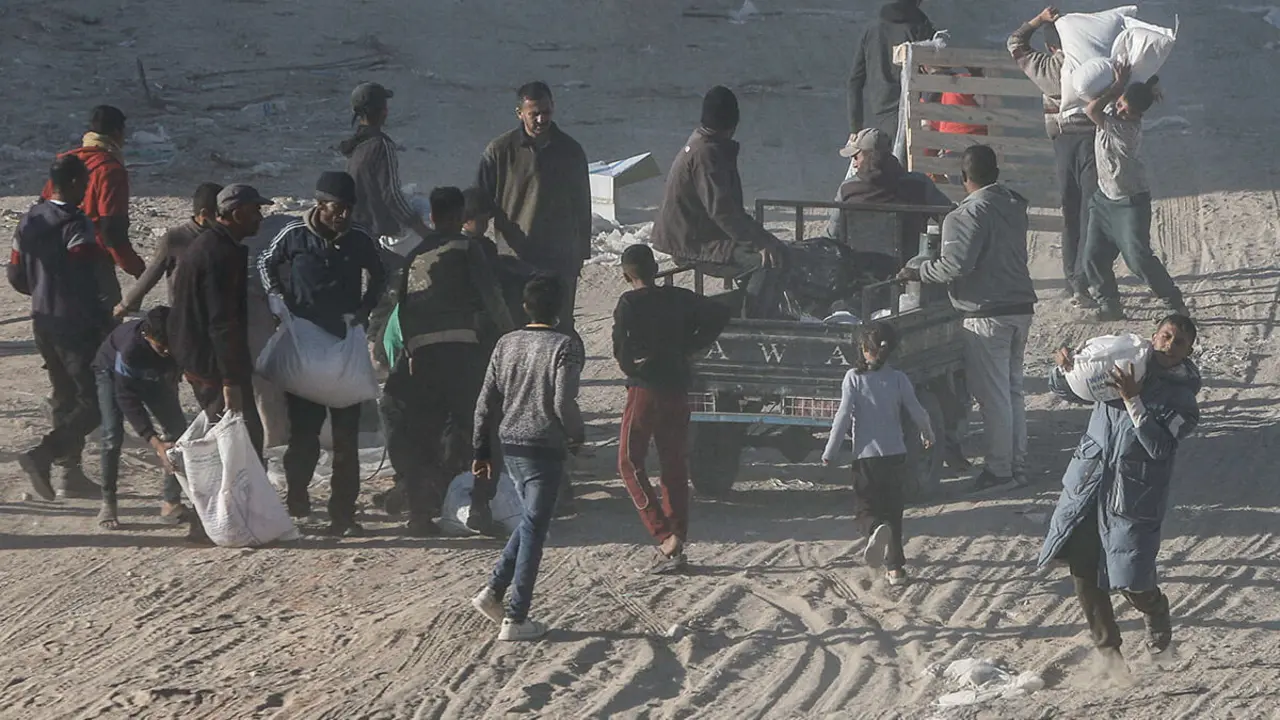New blow in the Airbus - Qatar Airways conflict: Possible risk of deflagration?
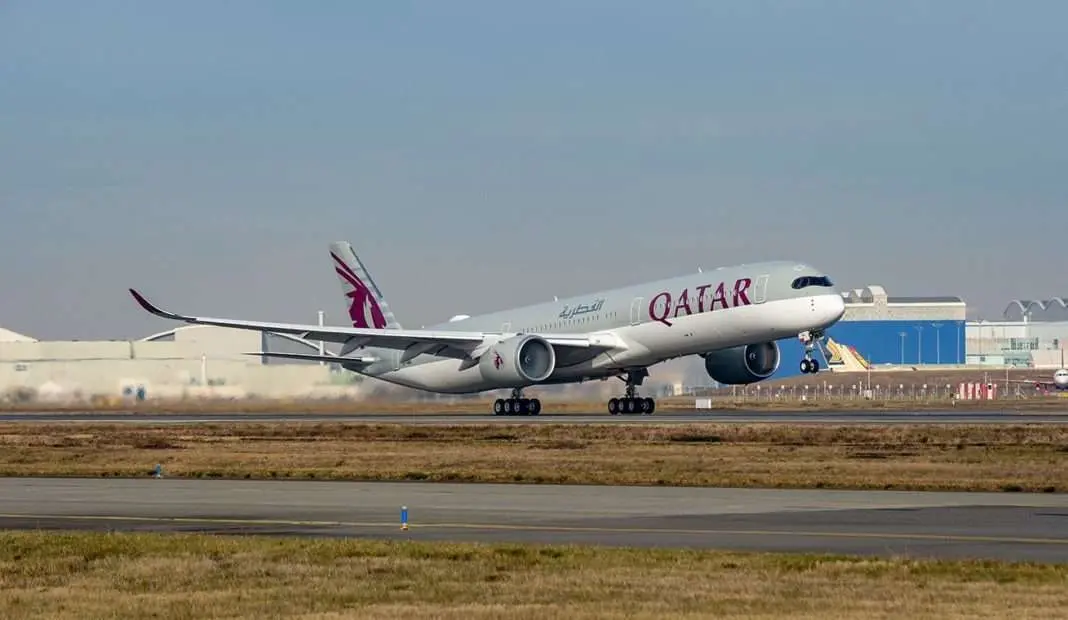
The tension generated by the A350 fuselage surface defects, which led Qatar Airways to sue Airbus in a London court for millions in compensation, has reached a new turning point following documents that have come to light, The Qatari airline claims that the paint coatings on the affected A350s, damaged by various external agents such as wind and pollutants, salt and hydraulic fluids, could lead to significant damage to the aircraft's lightning protection layer. This is undoubtedly a major concern particularly on the wings, where the fuel tanks are located.
Airbus has never acknowledged that the existence of such a problem in the A350 fuselage could in any way affect the operability and safety of the aircraft, a reason that does not convince the Qatari airline, which will take this argument to court in the near future.
Passenger safety remains Qatar Airways' primary concern, and the airline will do everything it can to ensure it. That is why it decided to ground 22 A350s, while Airbus responded by pressing ahead with the cancellation of the delivery of 50 A321neo aircraft, showing, in the process, its strong dissatisfaction with the release of the famous A350 exterior video highlighting serious and legitimate safety concerns.
Qatar Airways, which has the support of its local air safety regulator, however, has not had the same response to the safety assessment of the aircraft by the European Union Aviation Safety Agency (EASA), which has simply stated that "the A350 would be airworthy". Despite this, the airline reiterates that "the threat of a lightning strike would represent a hazard if it coincided with the fuel tanks, especially given the damage to the wings".
Ali Al Hilli, Qatar Airways' chief technical officer, reaffirmed the "defective" condition in relation to the current design and manufacture of the A350 and after a review of all A350s on the ground. "The damage includes severe cracks in and around the window frames and in the lightning protection layer" provided images in the statement confirming the statement.
Airbus, for its part, rejects Qatar Airways' conclusions about the nature of the problems and their impact on the A350's airworthiness, saying it "has worked with EASA from the beginning and will continue to do so".
The next step in this confrontation will take place next April in court, where evidence of the mutual accusations will be presented to see if there is any chance of the two entities reaching an unlikely settlement.

